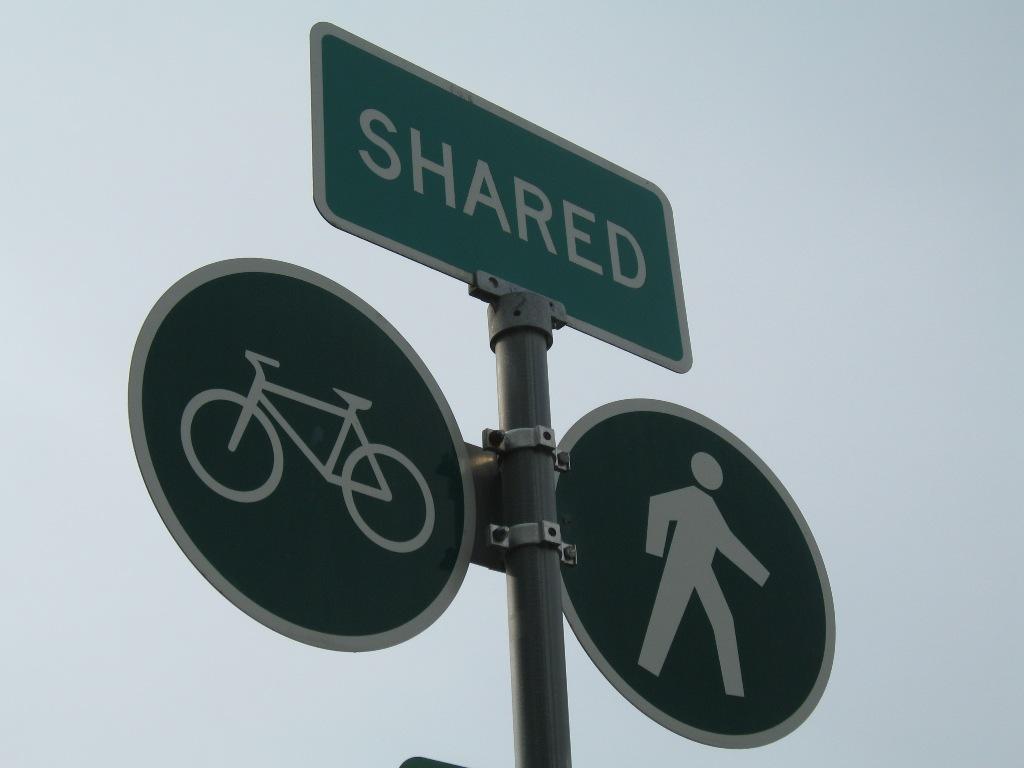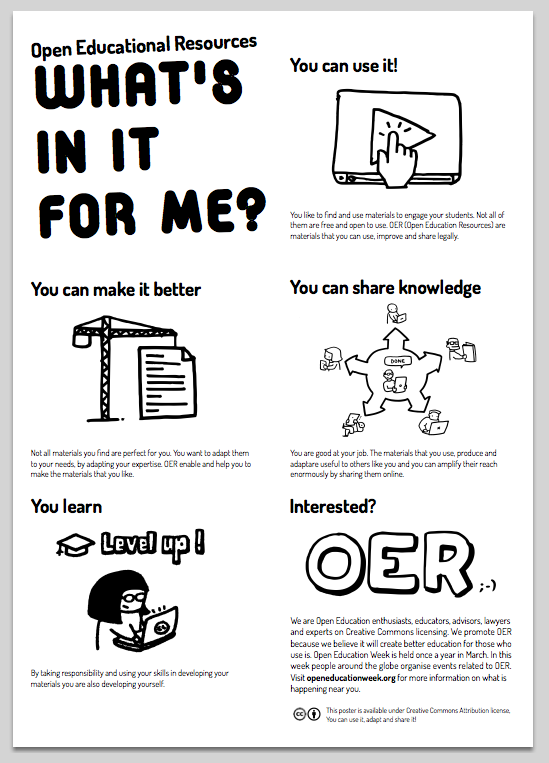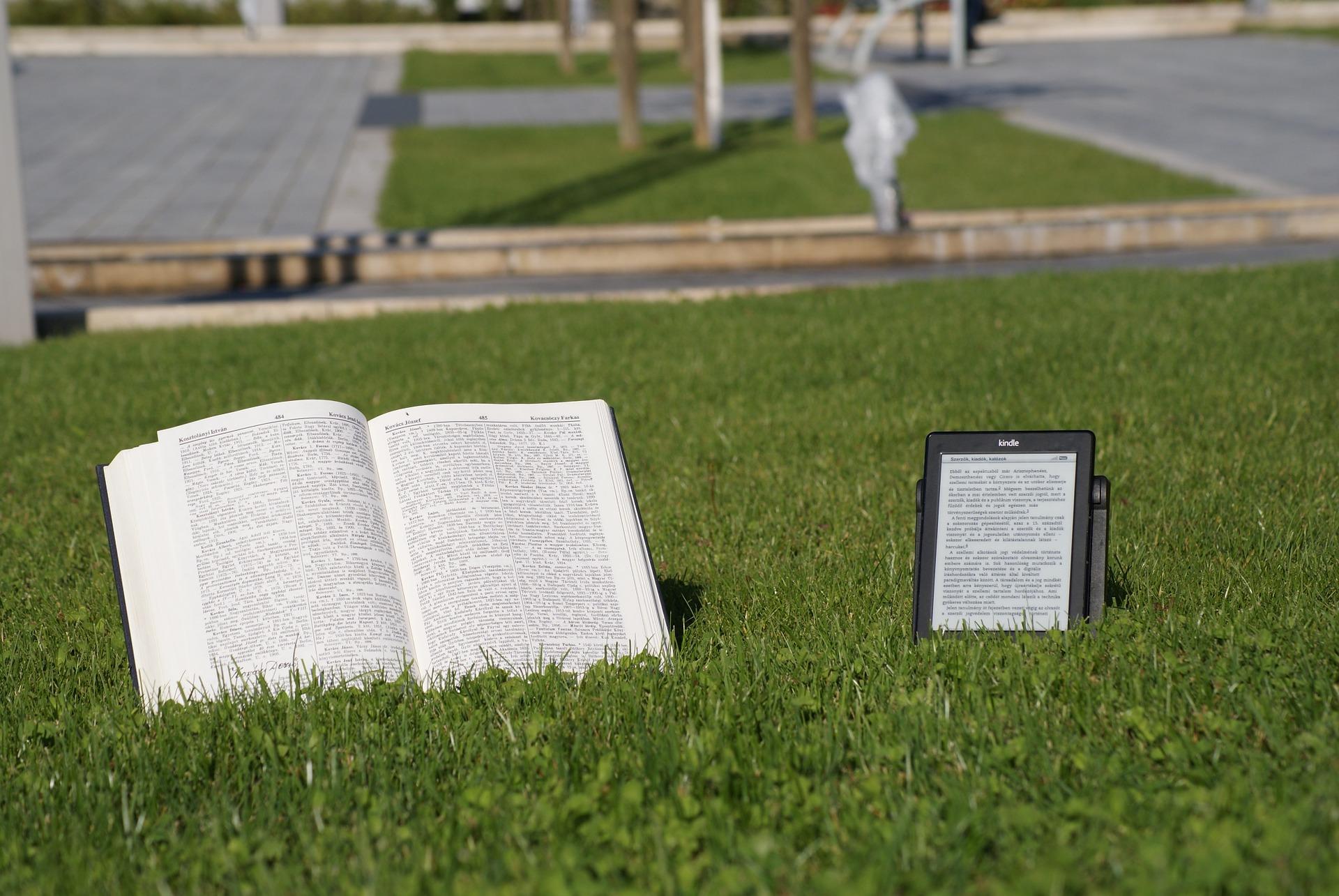Large parts of this course are about creation, both how it works from a legal perspective and more practically, how we learn by making and creating something. In this unit we will explore and practice how to create OER so they can have biggest impact and be used without any legal or technical barriers.

shared by: hansol. Licensed CC BY 2.0
Big Question / Why It Matters
A big part of any educator’s work is preparing, updating, and combining learning materials. Making those materials open requires just a few additional steps, and it’s easier than you think. What are those steps? What should you consider and expect when you want to recommend that someone create and publish resources in the open?
When we share our education resources as OER, we share our best practices, our expertise, our challenges and solutions. Education is about sharing. When we share our work with more people – we become better educators.
Learning Outcomes
- Imagine how OER will work in practice.
- Understand how to select a CC license(s) for educational resources.
- Examine an open license decision for compatibility (i.e., can it be remixed) with other OER.
- Identify needs and challenges to improving OER accessibility for everyone.
Personal Reflection / Why it Matters To You
Supporting faculty adoption of OER at your institution will have lasting impact. As an expert in OER at your institution, you will be tasked with making the case for OER and supporting the licensing decisions of your faculties. Why does OER makes sense to you? What opportunities could it unlock at your institution?
Acquiring Essential Knowledge
Why share?
For an introduction on why it is important to share work as OER, watch this video:
Open Education Matters: Why is it important to share content? (time 03:51)
This poster created for Open Education Week provides a quick overview of what OER creation and sharing gives educators both personally and professionally.

OER: What’s in it for Me? by European Open Education Policy Project / CC BY 4.0.
Choosing a CC license
Not all education materials available under a CC license are OER. Review this chart that details which CC licenses work well for education resources and which do not.

The two CC NoDerivatives (ND) licenses are not OER-compatible licenses because they do not allow the public to revise or remix an education resource. Because the ND licenses do not meet the 5Rs or any of the major OER definitions, the open education movement does not call ND-licensed education resources “OER.”
Choosing the right license for your OER requires you to think about which permissions you want to give to other users – and which permissions you want to retain for yourself. Read the “Open Textbook Community Advocates CC BY License for Open Textbooks” and think about why they recommend the Creative Commons Attribution License (CC BY) for education. You can find similar text with more arguments made about this same license for publishing scientific research in “Why CC-BY?” from Open Access Scholarly Publishers Association.
For basic information about the licenses, how to choose and apply one to your work or combined works from other people and sources, revisit section 4.1.
Other considerations
Other than choosing the right CC license, what other aspects of openness and pedagogy are worth considering? Here are few best practices to include in your work when building OER.
The Open Washington Module 8 on “Sharing OER” will give you practical advice on how to share OER online and prepare them to be used offline as well.

encyclopedia and e-book reader on green grass by papirontul. Dedicated to the public domain using CC0
Ensuring OER is Accessible to Everyone
At its core, OER is about making sure everyone has access. Not just rich people, not just people who can see or hear, not just people who can read English – everyone.
As authors and institutions build and share OER, best practices in accessibility need to be part of the instructional and technical design from the start. Educators have legal and ethical responsibilities to ensure our learning resources are fully accessible to all learners, including those with disabilities.
Watch “Simply Said: Understanding Accessibility in Digital Learning Materials” by the National Center on Accessible Educational Materials (6:42)
Library Websites, Library Subject Guides, Cataloging, and Creative Commons
Librarians who find themselves in the role of content creator may wonder how to license their work. Over 5,000 institutions in the United States use LibGuides as their preferred subject guide CMS, with over 120,000 license holders around the world. Licensing your resources under Creative Commons can be as simple as using the License Chooser to create a machine-readable button for your site or LibGuide.
There are hundreds of Libguides on library websites about Creative Commons alone. Take a look at these search results and flip through the resources found by subject librarians on the issues of Creative Commons and copyright.
Final remarks
Openness in education means more than just access or legal certainty over what you are able to use, modify, and share with your students. Open education means designing content and practices that ensure everyone can actively participate and contribute to the sum of all human knowledge. As educators and students revise others’ OER and create and share new OER, accessibility should always be on your design checklist.
